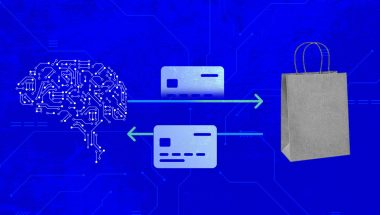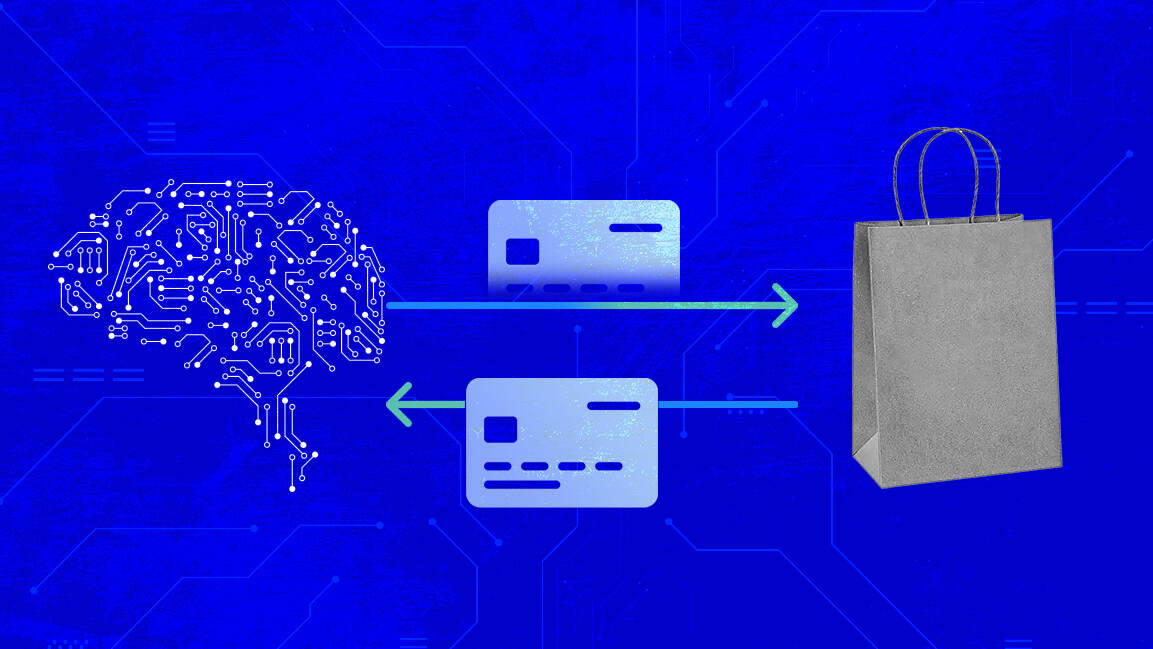- | 9:00 am
Can quantum computing lead the next sustainability revolution in the Middle East?
The technology, though in its early stage, holds promise for a greener future

Quantum computing might evoke thoughts of science fiction classics, but recent advances are turning it into solutions, especially when it comes to breakthroughs in climate crises.
The technology — a special class of computing machines that solve complex optimization problems — holds promise to solve current problems – from climate modeling to increasing the span and efficiency of EV batteries.
There are several possibilities for quantum computing to aid in abetting global warming and fulfilling the sustainability targets set by the world.
“In the MENA region, due to weather conditions, freshwater scarcity, food and agricultural goals of enhancement and sustainability, and the emergence of impressive infrastructures, [quantum computing] could be a great opportunity for development in growing economies,” says Dr. Hisham Sati, Professor of Mathematics at New York University Abu Dhabi.
With about 70% of the world’s desalination plants in the region, quantum computing can be a boon for the sector in the coming years.
“Water desalination can benefit from quantum simulation since catalysts play an increasingly prominent role in emerging new methods,” Dr. Sati adds.
Speaking about the future of quantum computing and its applications to aid in achieving climate goals set by countries in the MENA region, Dr. Heike Riel, Head of Science & Technology and Lead of IBM Research Quantum Europe, said using quantum computers can improve the understanding of the chemical processes and reactions in batteries and electric vehicle battery performance.
“Another example is the development of new catalysts to make CO2 conversion into hydrocarbons more efficient and selective, which is a key part of climate change mitigation strategies.”
Scientists at NASA are also trying to look at the problem of natural disaster prediction and response (like wildfires and floods) and how quantum computing can help with the timely forecasting of these events. The lack of complete and timely data hinders forecasting the disasters that cause huge loss of life and property. With the sea level rising and the temperature increasing, these problems will become more frequent and intense in the region.
“This computational challenge is an example of something that involves planning, scheduling, and physics constraints. AI methods could benefit from quantum-inspired machine learning and optimization systems,” says Davide Venturelli, Associate Director, Quantum Computing at Nasa Ames Research Center.
QUANTUM COMPUTING FOR FOOD SECURITY
There are numerous ways quantum computing can make agriculture more sustainable by reducing the energy and resources needed to manufacture fertilizers, which consume 2% of global energy annually.
“A big challenge to attaining food security worldwide is fertilizer production, particularly the nitrogen fixation to create fertilizers. Nitrogenase, a natural enzyme, acts as a catalyst, making this process happen at much less energy consumption. However, today we do not understand how it works and can thus not reproduce it,” says Dr. Riel
Quantum computing can help scientists understand how this enzyme works and help them produce it in the near future, a world without a food crisis.
OPTIMIZING TRADE ROUTES
Meanwhile, around 90,000 ships fulfill the world’s 90% trade demands, emitting around 3% of the carbon dioxide and other greenhouse gasses that contribute extensively to global warming. The fleet of ships also consumes tremendous amounts of energy and pollutes the oceans by generating large amounts of sewage, gray water, and oil spills that endanger marine biodiversity.
Dr. Riel believes that if trade routes are optimized with the help of quantum computing, it can bring down these emissions and help solve the maritime pollution problem.
“Supply chain and transportation is one of many examples that is very relevant for sustainability. There are a huge number of ships continuously running across the oceans. Finding optimal routes for these fleets is a very complex optimization problem. Even a small percentage of savings in maritime routing can make a big impact.”
Dr. Sati echoes the same thoughts. “Supply chain optimization and route guidance fall within another class of examples well suited for quantum computing. Such a quantum perspective promises to lead to more environmentally friendly cities by optimizing delivery routes/schedules and decreasing the time vehicles are stuck in traffic, hence raising efficiency and productivity by saving time and energy.” The carbon footprint will be significantly reduced if technological breakthroughs can improve supply chain management.
TECHNOLOGY IS ADVANCING
While a lot of progress has been made in recent years, it is too early to predict the industries or domains which will see the first applications of this technology. The scientific community has high expectations and looks forward to using the technology to achieve the net-zero goal.
Dr. Sati says that while the full power of quantum computing is not there yet, preparing for it is essential so that there are systems in place to harness that power for applications once operational. That is why fundamental research is still crucially needed to overcome significant hurdles for quantum computing.
In the MENA region, the newly launched Center for Quantum and Topological Systems (CQTS) at New York University Abu Dhabi is also making contributions to the development of the technology.
“We are building a robust platform to address outstanding problems in quantum computing by developing the theory of topological stabilization mechanisms, which is thought to lead to robust quantum computing when it is realized,” Dr. Sati adds.
While quantum computing technology is nascent, Dr. Venturelli says work is underway to simplify computational bottlenecks of machine learning and simulation problems.
Dr. Riel says the technology is making significant progress with each passing year. “More than 450,000 students, developers, and scientists are running experiments on our quantum computers over the cloud. And more than 250 members of the IBM Quantum Network are researching applying quantum to battery chemistry, semiconductor manufacturing, and so many other areas.”








































